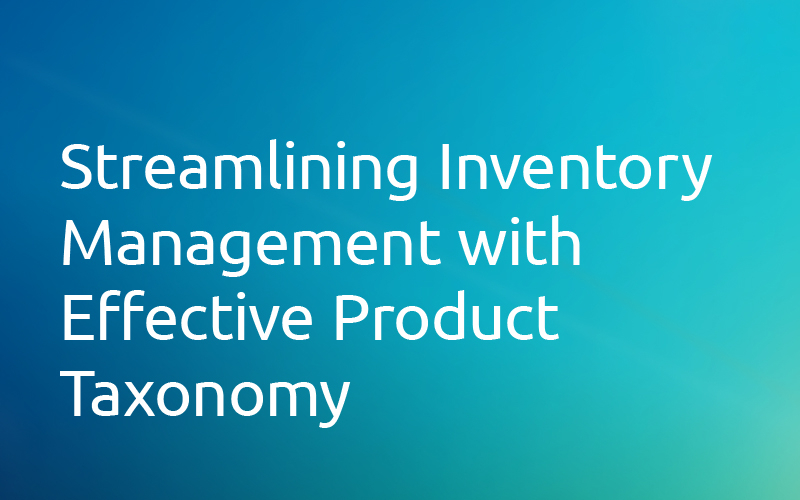In the competitive arena of e-commerce, having a well-organized inventory is not just an operational necessity but also a strategic asset. Effective product taxonomy is the cornerstone of efficient inventory management. By grouping items into logical and intuitive categories, businesses can achieve streamlined operations, improved customer experience, and increased sales. Let’s delve into how a well-structured product taxonomy can revolutionize inventory management:
1. Facilitated Product Search & Retrieval
A comprehensive product taxonomy makes it easier for staff to locate and access items in the inventory, minimizing the time spent on retrieving products for order fulfillment.
2. Optimized Stock Levels
Categorized products allow businesses to monitor stock levels more efficiently. Retailers can identify which categories are fast-moving and which are stagnant, allowing for better inventory purchasing decisions.
3. Enhanced Customer Experience
For customers, an intuitive product categorization on the storefront means finding desired items quicker. This can lead to reduced bounce rates, higher cart values, and increased sales.
4. Reduced Overheads
A streamlined inventory reduces the costs associated with holding unnecessary stock. With an effective taxonomy, businesses can quickly identify and reduce excess stock in certain categories, thereby reducing storage and holding costs.
5. Data-driven Decision Making
Analyzing sales and performance becomes simpler when products are well-categorized. Retailers can gather insights on category performance, seasonal trends, and customer preferences, enabling informed business decisions.
6. Efficient Inventory Replenishment
An organized taxonomy can automate the replenishment process. For instance, if a particular category reaches a predetermined stock level, an automated system can trigger restocking, ensuring inventory levels are always optimal.
7. Simplified Returns Processing
Returns are an inevitable part of e-commerce. With a clear product categorization, processing returns and reintegrating products into the inventory becomes faster and more efficient.
8. Efficient Marketing and Promotions
With a clear view of product categories, businesses can create targeted marketing campaigns or promotions. This can help move stock more effectively and cater to specific customer segments.
9. Seamless Integration with Tech Tools
Modern inventory management tools and software often rely on clear product taxonomy for their functionalities. Proper categorization ensures that these tools can be more effectively integrated and utilized.
10. Continuous Improvement and Evolution
A well-structured taxonomy isn’t static. It allows for continuous improvement. As inventory expands and customer preferences shift, categories can be easily updated, ensuring the taxonomy remains relevant and effective.
Product taxonomy is the unsung hero behind efficient inventory management in e-commerce. While often overlooked, its impacts are wide-ranging, from backend operations to frontend customer experience. As e-commerce platforms continue to evolve and expand, investing time and resources in developing and maintaining an effective product taxonomy will be paramount for businesses aiming for operational excellence and growth.
If you need help with product taxonomy or other e-commerce services, reach out to geekspeak Commerce for assistance. Our team of experts can help you with everything from data migration to website design and development. Contact us today to learn more.
 1.416.619.5349 Ext.325
1.416.619.5349 Ext.325 







